Share
Making Pictures > Taking Pictures: 4 Tips For Photographic Success From David Bergman
David Bergman doesn’t know how many Sports Illustrated covers he has. (Just kidding, it’s thirteen.) His secret? Separating himself from the pa...
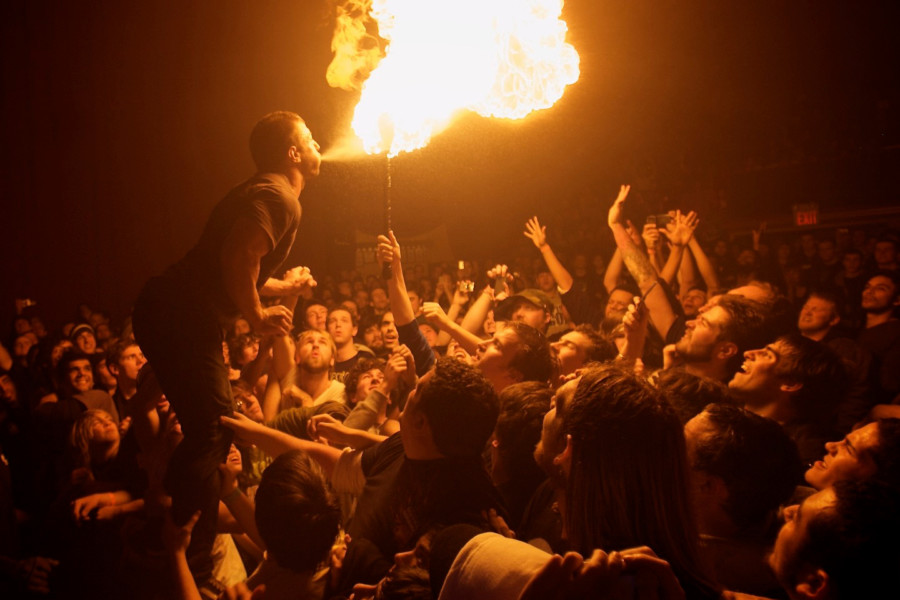
David Bergman doesn’t know how many Sports Illustrated covers he has. (Just kidding, it’s thirteen.) His secret? Separating himself from the pack early on in this career, and then over and over again throughout it.
A PhotoShelter member since 2006, David stopped by our office in New York last Friday for what we deemed “Photos & Lunch”: a talk where he shared details of his career, insights based on past successes, stories from being on tour with major bands and details about his latest workshop Shoot From The Pit. One thing that struck me during his talk was the repetition of the phrase “make pictures” (as opposed to the more widely used “take pictures”). It’s clear that David’s philosophy is all about creating a moment instead of taking something away from it, and that sentiment seeps into everything he does.
After attending the Berklee College of Music in Boston, David made the switch to photography. While working as a Miami Herald staff photographer in the ’90s, he primarily focused on sports where he covered playoff championships, the Stanley Cup Finals and the World Series. He also made portraits of Alex Rodriguez in high school and covered the 1998 and 2000 Olympic Games. The first half of his decade at the paper was shot exclusively on film, but in the mid to late 1990s, he was able to beta test some of the first accessible digital camera technology. The first one he used could only shoot one frame every few seconds via a modified regular camera (tethered to an external hard drive in a backpack!) with a tiny box on the focusing screen to represent the frame. “Even though it looked horrible, I knew it was going to be something huge,” David says.
In 2001, he moved to New York City and his knowledge of digital cameras caught the attention of Sports Illustrated. They were still shooting film and were a bit wary of digital, so David was asked to shoot some of the same games staff photographers were shooting using his newer technology. Soon, David was assigned the 2001 Daytona 500, with him on digital and everyone else on film. That 2001 Daytona race just so happened to be the year Dale Earnhart tragically died. Because he didn’t have the same time constraints the other film photographers had when it came to film development, David was able to stick around for the memorial on the track and quickly send the files back to the office in New York. Those images ran in Sports Illustrated and the next two to three years he spent training SI staff on shooting digital.
With all this success in sports photography, David never lost his love for entertainment and music. Eventually, he was able to go freelance as a music photographer, becoming Bon Jovi’s official tour photographer, also touring with the Barenaked Ladies and even picking up a comedy tour starring Drew Carey after a chance encounter with the comedian. These days he stays busy with his work as the tour photographer for country music star Luke Combs all the while leading an educational web series with Adorama.
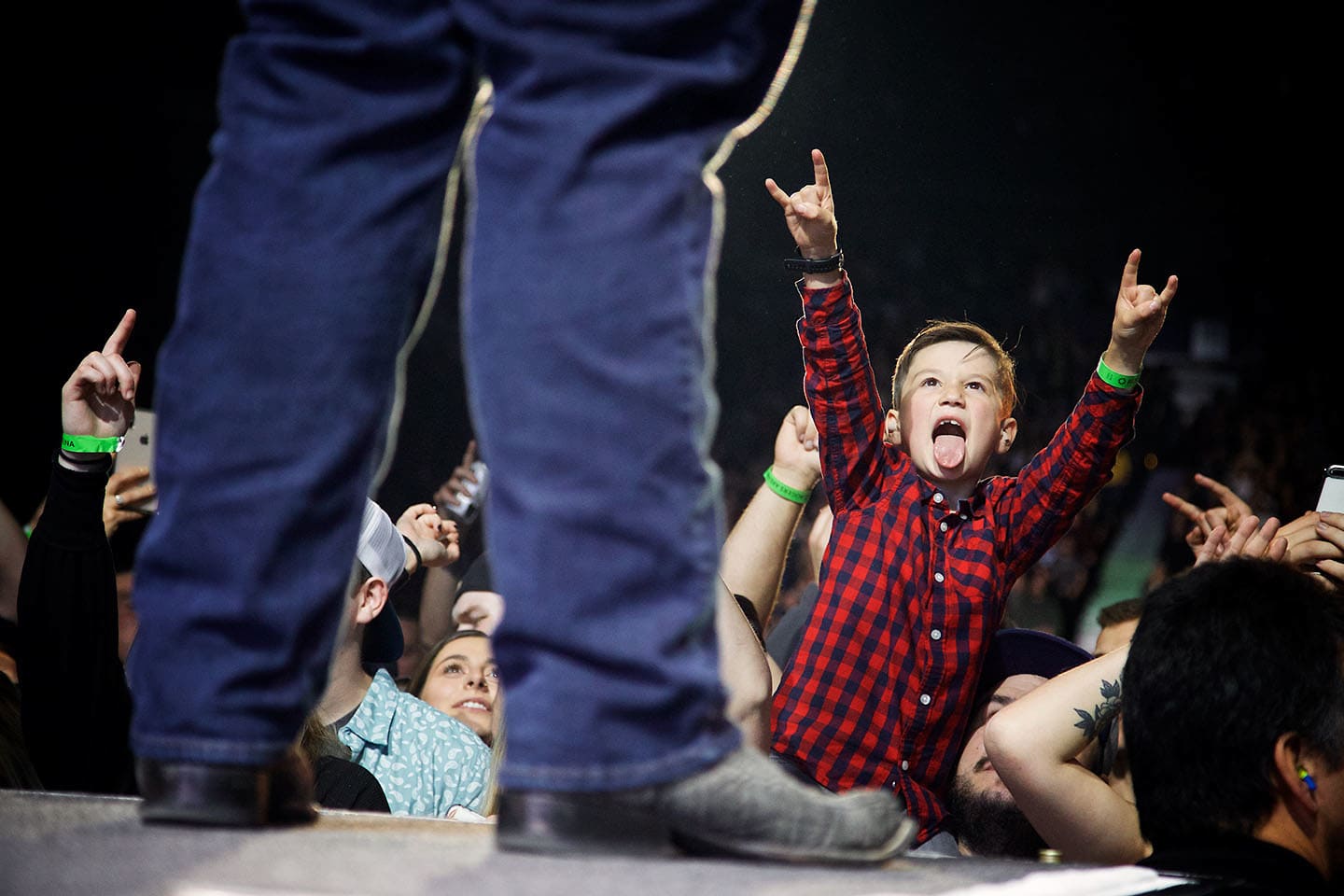
David’s eagerness, technical skill and love of teaching make him the perfect triple threat. He is so much more than a talented photographer and, because he’s such a nice guy, he’s paying it forward and sharing tips for how to stand out:
Don’t be predictable.
If you see a group of photographers somewhere, go somewhere else. If you’re shooting the same picture as everyone else why would anyone pay you? David has always taken a high-risk and high-reward approach. He recommends seeking a higher vantage point and making a picture that’s different from what editors or clients expect. One great example? Always carrying around a fisheye lens when photographing hockey games.
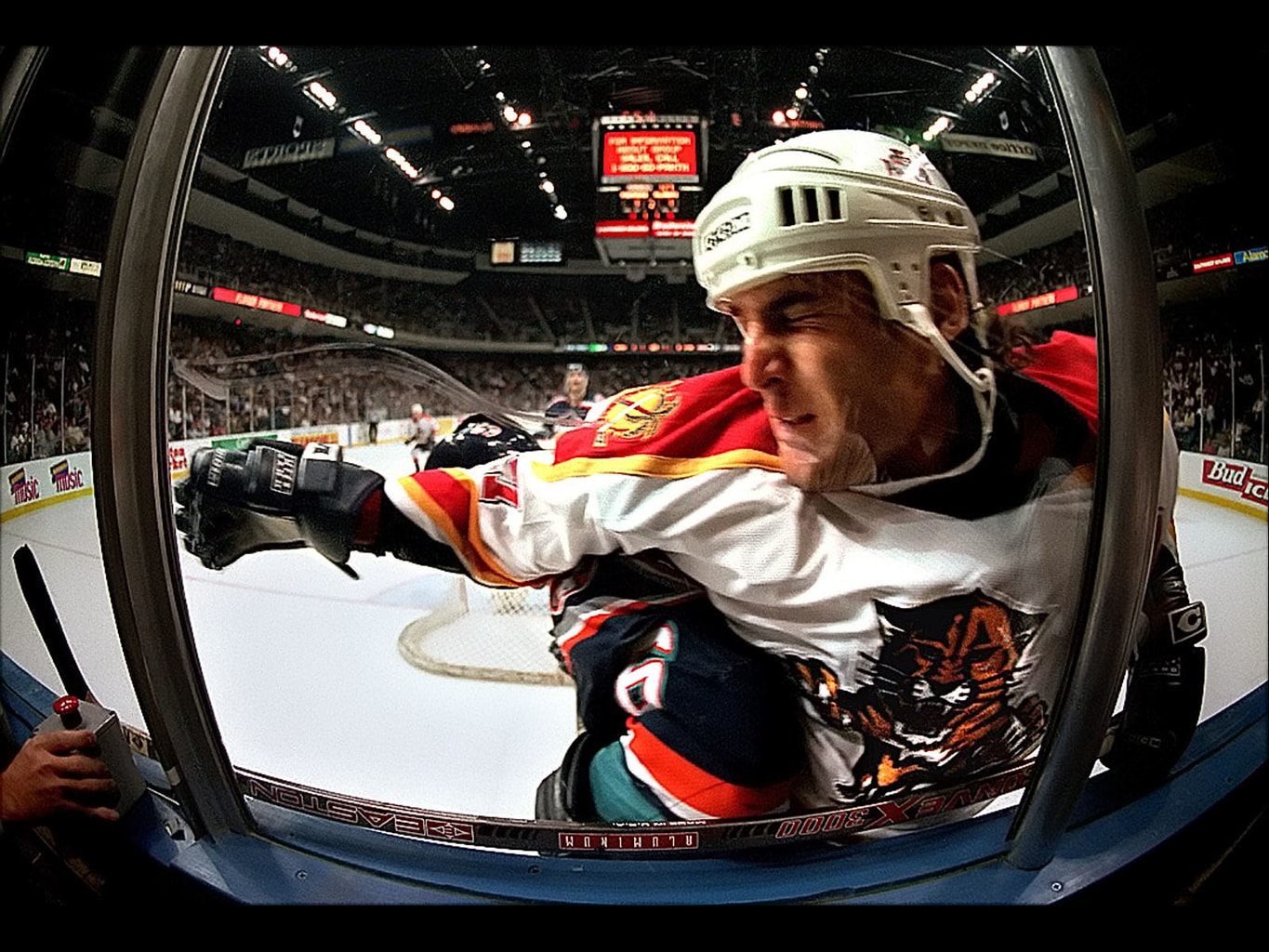
Use technology to your advantage.
Off-camera lighting, lighting gels, white balance tricks or settings—try it all. It’s imperative you understand how your camera works. Do a deep dive into the autofocus settings, etc. When there’s a problem, you have to be able to produce even when conditions aren’t ideal or straightforward. Another approach? Remote cameras. David brought his experience with remote cameras from the sports world and applied them to music photography. “Multiple cameras act as an insurance policy in case you can’t get the shot with your handheld,” he says. Throughout his career, David’s camera collection has made him invaluable. In 2009, he was sent alone to photograph the NFL Draft. Even as a solo photographer, he produced the same volume as five photographers using only handhelds.
If you’re looking for bonus points, David recommends combining technologies. In the example below, there’s off-camera lighting and a remote camera being used to photograph this crowd at a Barenaked Ladies show. Not a picture of the band—too obvious!—but successful nonetheless.
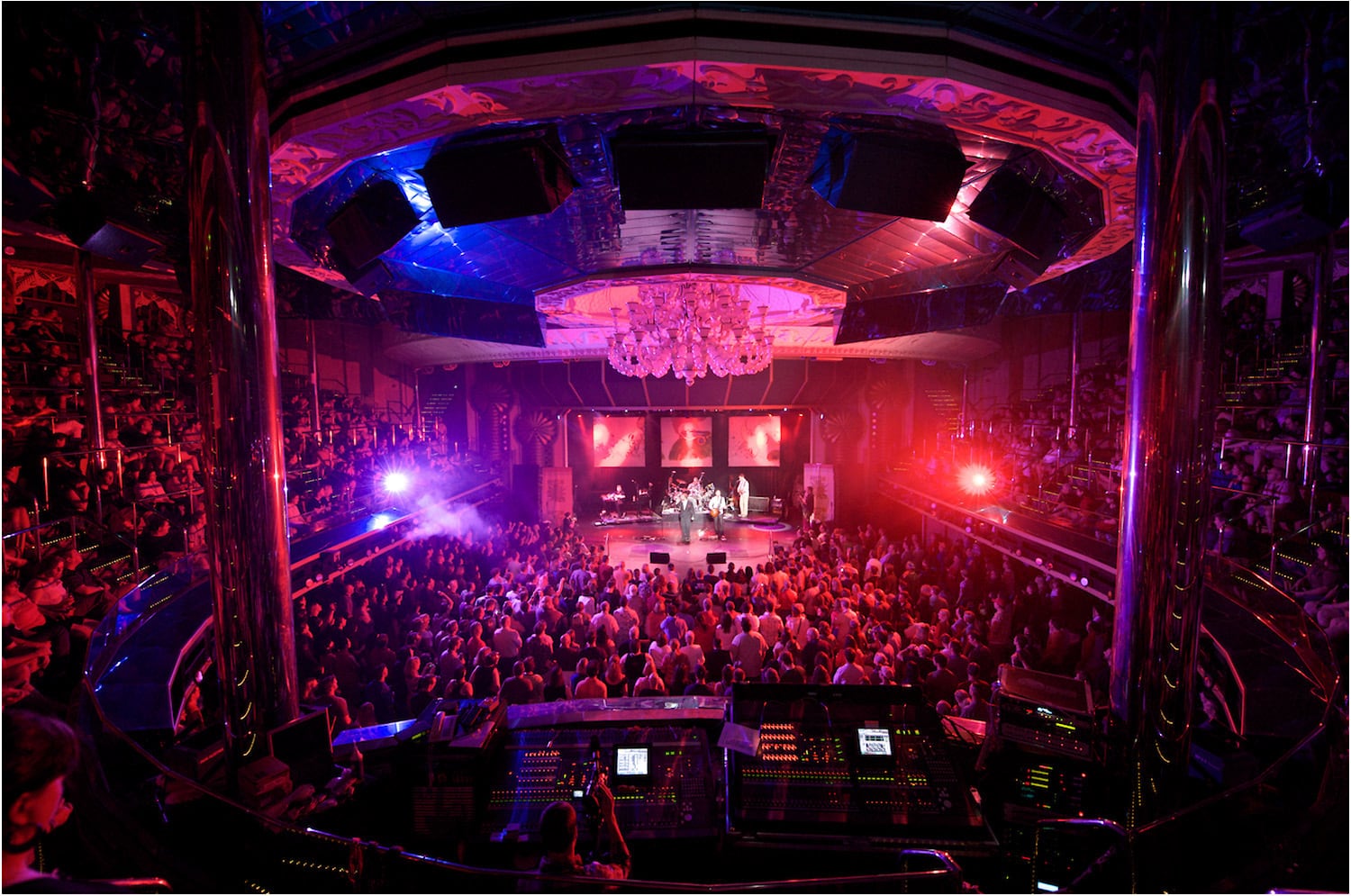
Do your research.
If you’ve got an idea for a specific shot, there might be something out there you don’t know about. In David’s case, he learned of Gigapan, a stitching technology typically used for landscapes, when he got the assignment to photograph President Obama’s 2009 Inauguration. “I knew I had to come up with something that would live up to the magnitude of this historical event,” he said. Without knowing how it would work on people and faces he decided to give it a try—there’s that high-risk high-reward thing again!
The result was a 1.5 gigapixel image, comprised of 220 individual pictures taken on a Canon G10 mounted using Gigapan’s panoramic imager system. The photo has been viewed more than 30 million times in 210 countries and led to an interview with CNN. It’s pretty damn cool when you check it out on full screen.

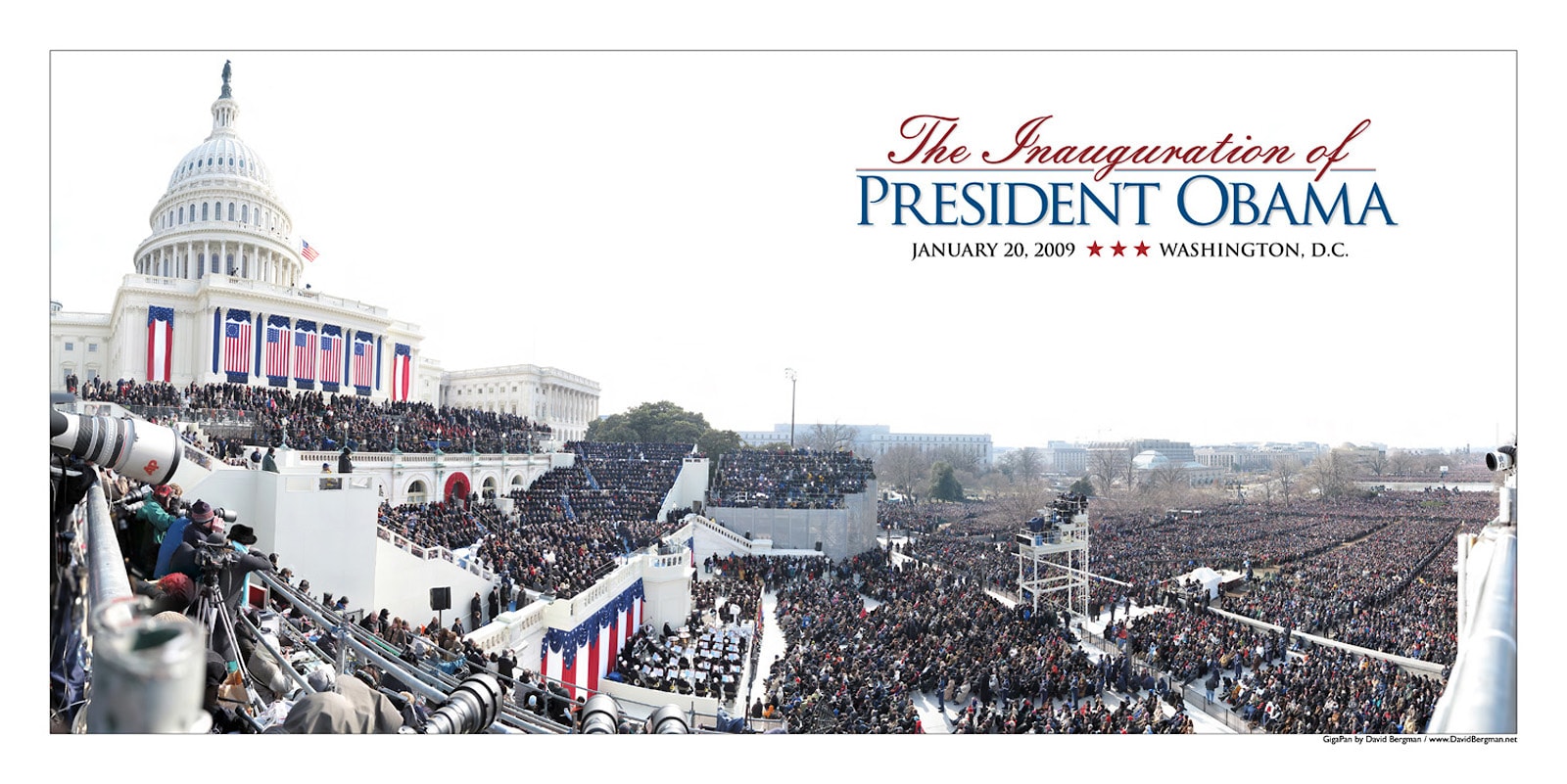
Give them more than they expect.
Always be the first one in and the last one out. Take photos backstage. Ask whether you can photograph in unexpected places. Think it would be funny to tape the band to the tree? Want to photograph Drew Carey over a craps table in Vegas? It never hurts to ask!
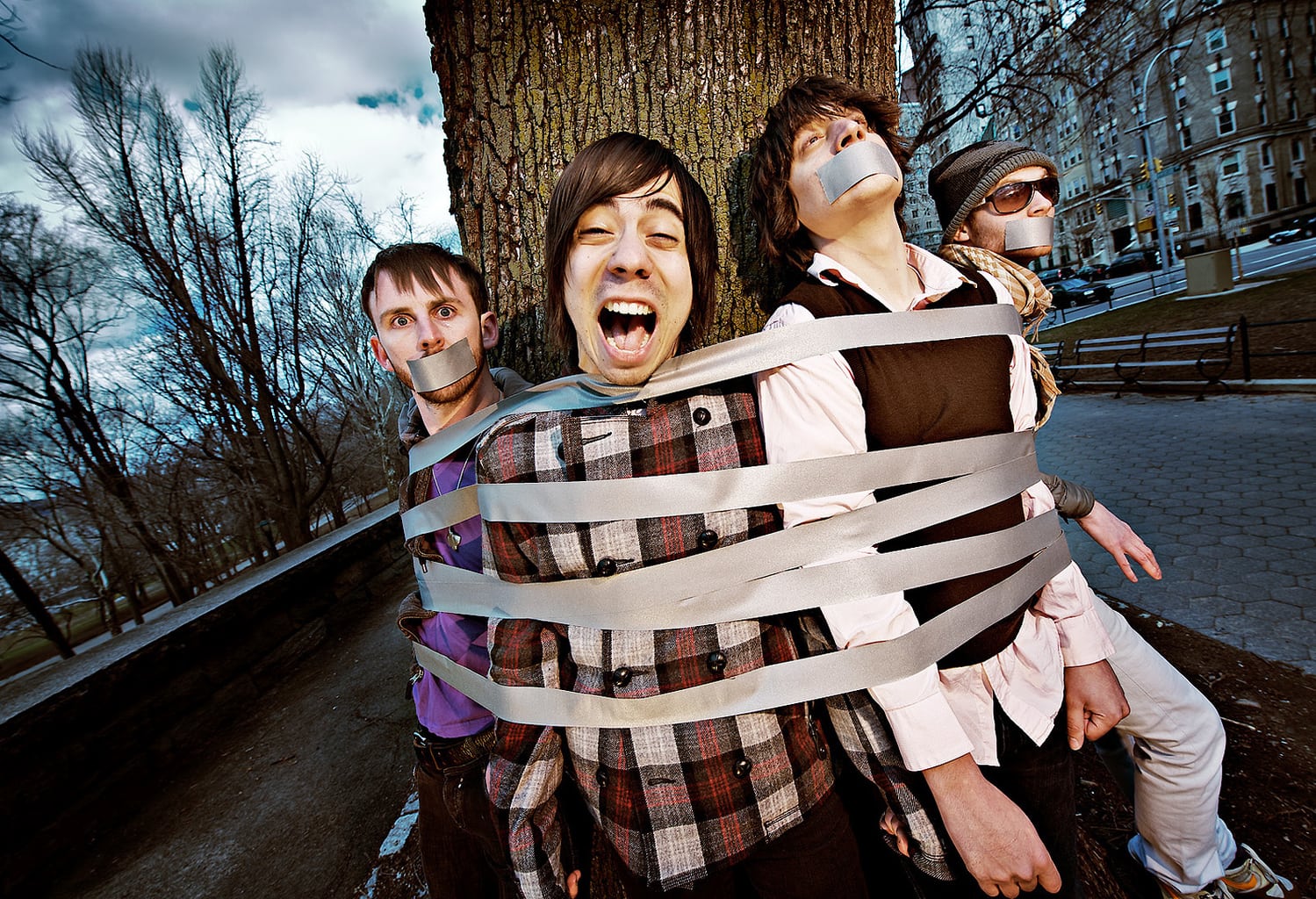
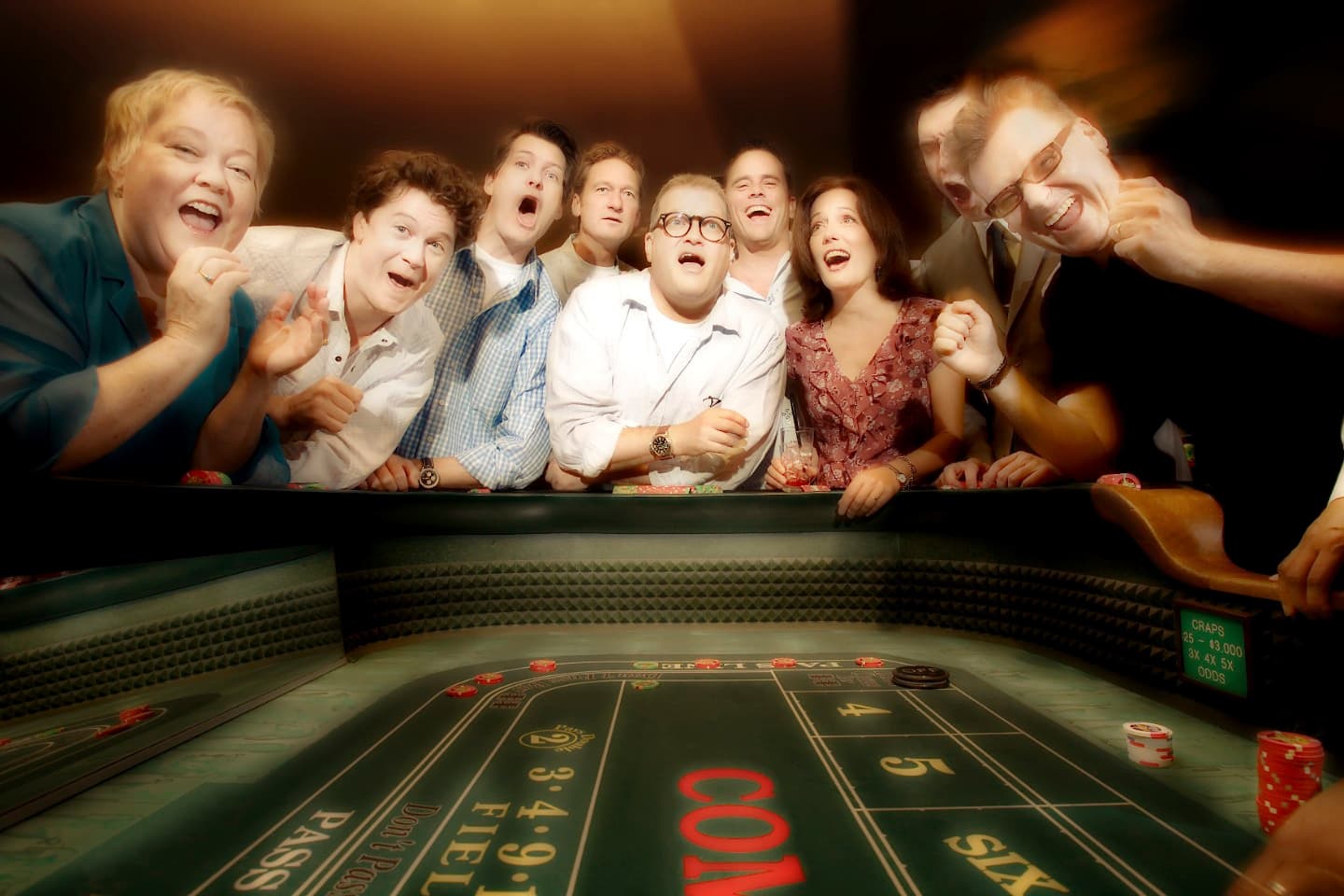
***
In the spirit of giving back, David’s latest venture is his workshop, Shoot From the Pit, which offers aspiring music photographers a crash source in tour photography.
Workshop attendees review Concert Photography 101: etiquette, settings, aperture, etc. During soundcheck, the group takes a look at angles and prepares their shots before a quick walkthrough of the tour bus. After, they review editing in Photo Mechanic, talk remote cameras, photo business tips, archiving and, of course, PhotoShelter: how David deals with the thousands of pictures he shoots, how he organizes his archive, how band members can access their galleries via FileFlow to share on social media, and more. To round it off, they get to photograph the live show and apply all their newfound knowledge along with David’s insights. (Is your head spinning yet?)
You’ll get $100 off any workshop through April 2020 when you enter the code PHOTOSHELTER in the promo code link.
Keep up with David via Instagram or by submitting a question to his latest Adorama web series “Ask David Bergman”.
All photos by David Bergman.


